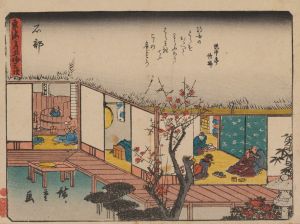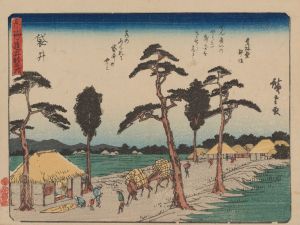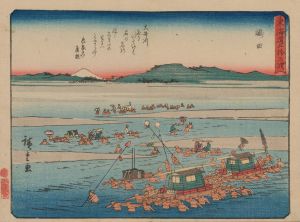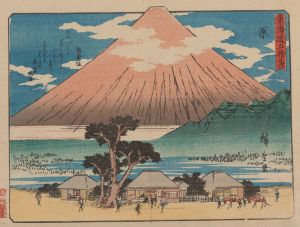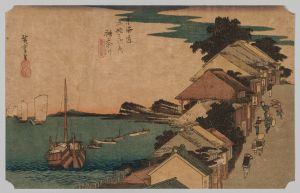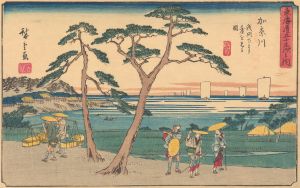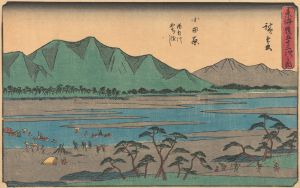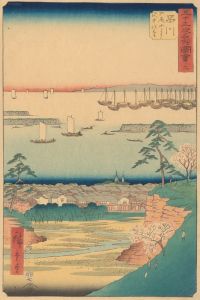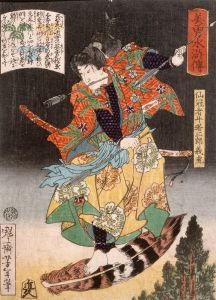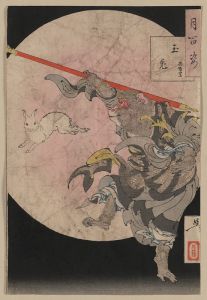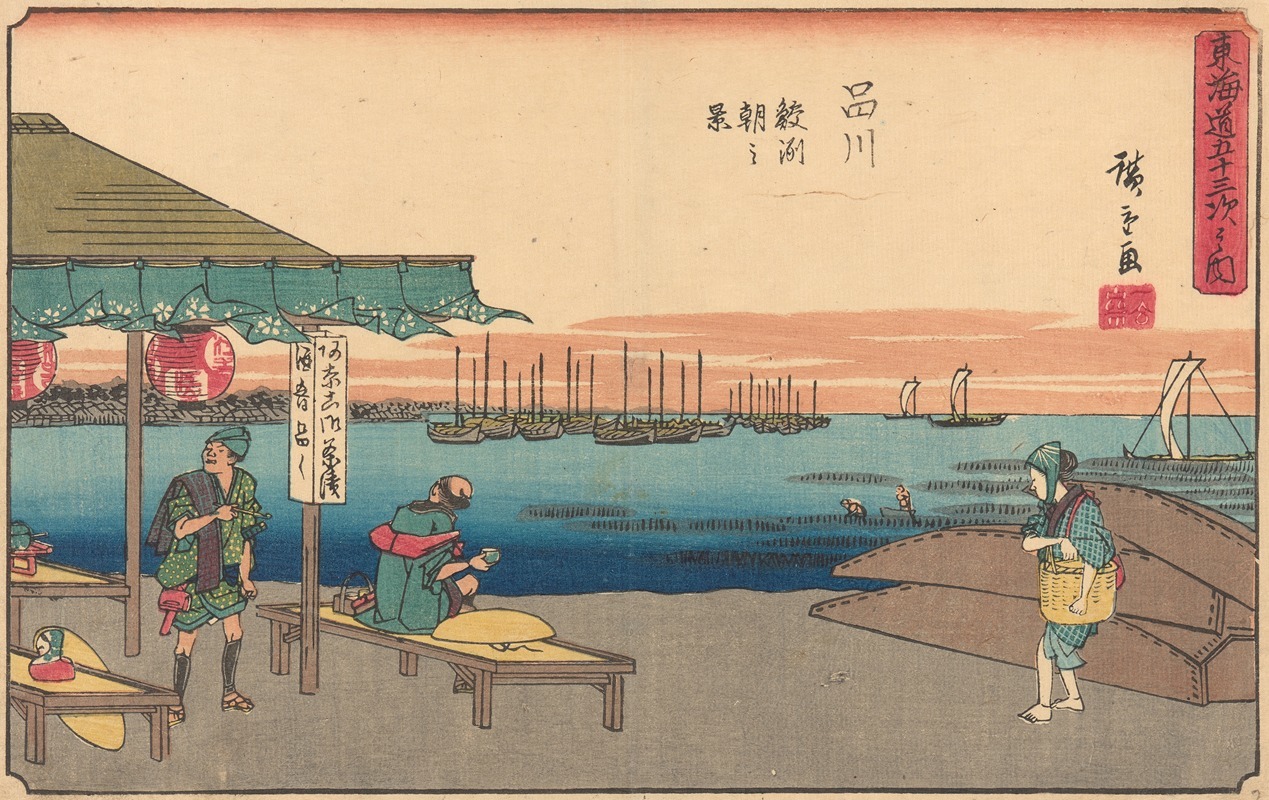
Shinagawa
A hand-painted replica of Andō Hiroshige’s masterpiece Shinagawa, meticulously crafted by professional artists to capture the true essence of the original. Each piece is created with museum-quality canvas and rare mineral pigments, carefully painted by experienced artists with delicate brushstrokes and rich, layered colors to perfectly recreate the texture of the original artwork. Unlike machine-printed reproductions, this hand-painted version brings the painting to life, infused with the artist’s emotions and skill in every stroke. Whether for personal collection or home decoration, it instantly elevates the artistic atmosphere of any space.
Shinagawa by Andō Hiroshige is a woodblock print created by the renowned Japanese ukiyo-e artist Andō Hiroshige (1797–1858). This artwork is part of Hiroshige's celebrated series The Fifty-three Stations of the Tōkaidō (Tōkaidō Gojūsan-tsugi), which depicts the post stations along the Tōkaidō, the main travel route connecting Edo (modern-day Tokyo) and Kyoto during the Edo period. The series, first published in the 1830s, is one of Hiroshige's most famous works and a cornerstone of Japanese art.
The print portrays Shinagawa, the first station on the Tōkaidō after departing from Edo. Shinagawa was historically a bustling port town and a popular departure point for travelers beginning their journey westward. In Hiroshige's depiction, the scene captures the lively atmosphere of the area, with travelers, merchants, and locals engaged in various activities. The composition often includes elements such as boats, inns, and tea houses, reflecting Shinagawa's role as a hub of commerce and hospitality.
Hiroshige's use of perspective, color, and detail in this print exemplifies his mastery of the ukiyo-e style. His ability to convey both the natural beauty of the landscape and the human activity within it has made this work, along with the rest of the series, a lasting representation of life during the Edo period. The Fifty-three Stations of the Tōkaidō series was widely popular during Hiroshige's lifetime and continues to be celebrated for its artistic and historical significance.
The exact details of the specific edition or variation of the Shinagawa print may vary, as Hiroshige often created multiple versions of his works. However, the general themes and elements remain consistent, showcasing his skill in capturing the essence of a location and its cultural importance.
This artwork, like others in the series, was produced using traditional Japanese woodblock printing techniques, which involved collaboration between the artist, carvers, printers, and publishers. The prints were widely distributed and affordable, making them accessible to a broad audience in Edo-period Japan.
Shinagawa by Andō Hiroshige remains an important piece of Japanese art history and is frequently studied and exhibited in museums and collections worldwide. It provides valuable insight into the culture, geography, and daily life of Japan during the early 19th century.





